Whether you’re a blue cheese lover or hater, you would have to admit that they are a unique type of cheese. But have you ever wondered why blue cheese looks, smells and tastes the way it does? The reason why blue cheese is so blue comes down to one specific ingredient. Read on to find out what it is.
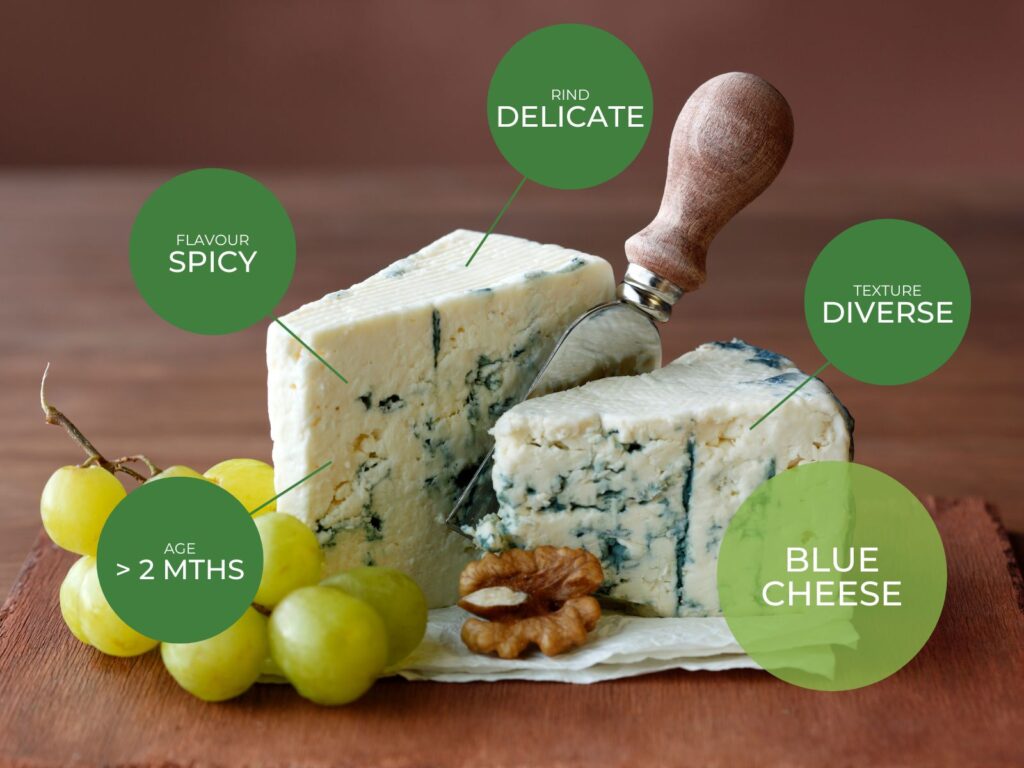
SEE ALSO: What ingredient you need to add to cheese to make it orange →
The history of blue cheese
The most famous blue cheeses worldwide are, in the order of their first recorded reference, Gorgonzola (879), Roquefort (1070), Stilton (1785) and Danablu (1870s). However, it is believed that their production dates back much further.
For each of those historic cheeses, the specific cheesemaking recipes have been passed on from one generation to the next. As a matter of fact, all four examples above are now protected by PDO, PGI or AOP stamp.
Penicillium roqueforti – The blue mould
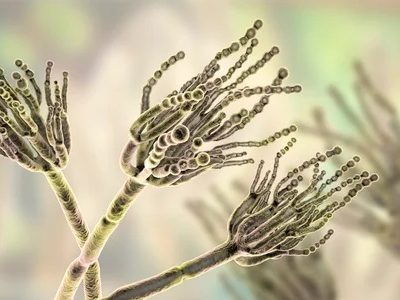
While the actual manufacturing process varies extensively from one blue cheese to another, all of them involve the use of a well-known mould, Penicillium roqueforti. During cheesemaking, cheesemakers either add P. roqueforti spores directly to milk or spray it on the curd.
In some cases, the spores are actually present in the ripening environment and naturally colonise cheese. Moreover, the presence and growth of this mould largely contributes to the appearance, aroma and flavour of blue cheeses. We’ll dig much deeper into this impact a bit later.
The different types of P. roqueforti
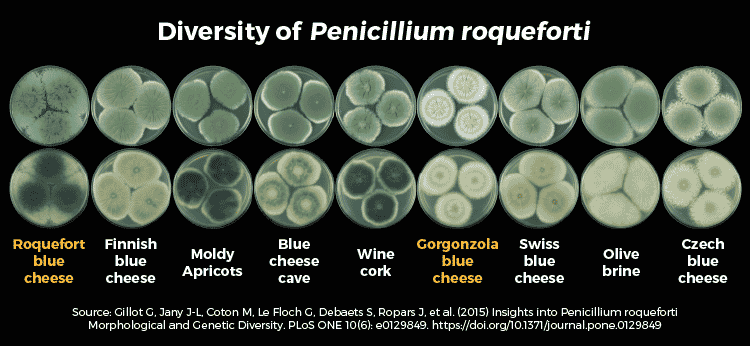
Within the cheesemaking and turophile world, you will often hear about different types of Penicillium. For example, you might read that Penicillium roqueforti is used to make Roquefort and that Penicillium glaucum is used in Gorgonzola.
From a taxonomical point of view, microbiologists classify P. roqueforti as a single species. Having said that, there are various technological subspecies within the species such as P.glaucum, P. stilton or P. gorgonzolae.
As a matter of fact, P. roqueforti is incredibly diverse and is not exclusively found in dairy environments. Indeed, it also occurs in natural environments (forest soil and wood), as well as in silage. In addition to this, it is a common spoilage agent in refrigerated stored foods, meats or wheat products. This is due to its ability to grow under harsh conditions such as low temperatures and low oxygen levels.
The importance of the open texture in blue cheeses
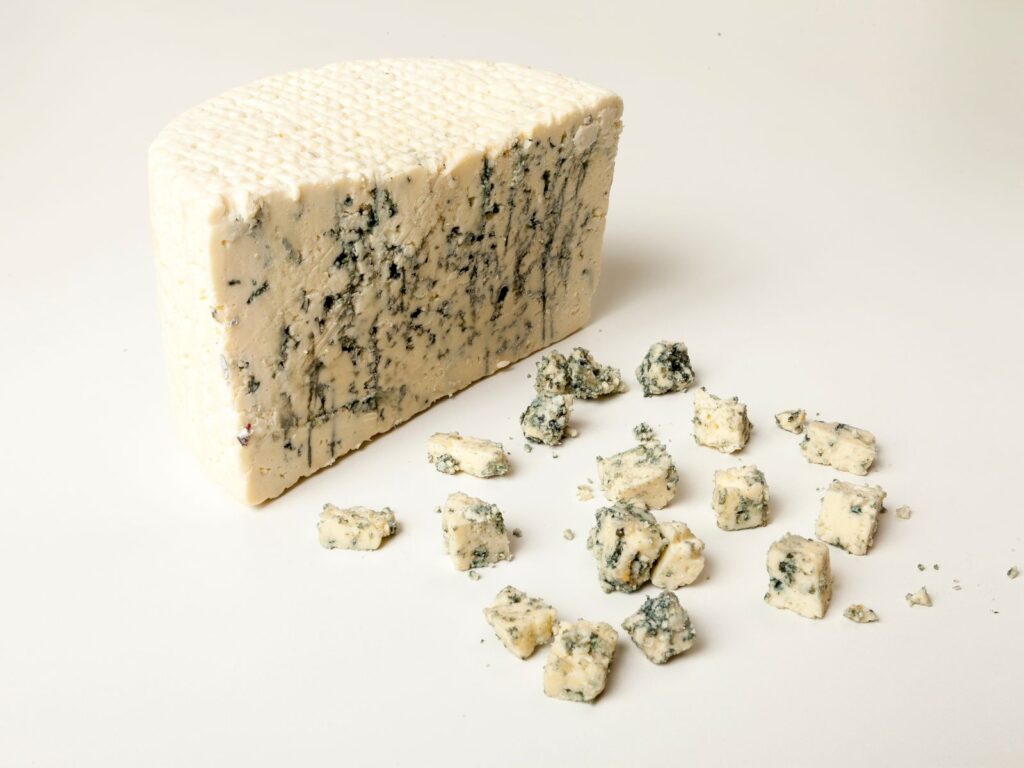
Starters containing high numbers of citrate-utilising Lc. lactis and Leuconostoc spp. are normally used in the manufacture of blue cheese. This is because they produce an open-textured curd through the production of carbon dioxide from citrate. Consequently, this helps the development of P. roqueforti.
Penicillium roqueforti grows in the air spaces between the incompletely fused curd particles. And it is responsible for the blue veins and pockets that appear throughout blue cheese’s paste. Moulds are obligate aerobes and, therefore, require oxygen for growth.
However, P. roqueforti thrives at much lower oxygen levels than other moulds. For this reason, blue cheeses are generally pierced after brining to allow a small amount of oxygen into the centre of the cheese. Subsequently, the oxygen promotes mould development within the paste.
How blue cheese turns blue
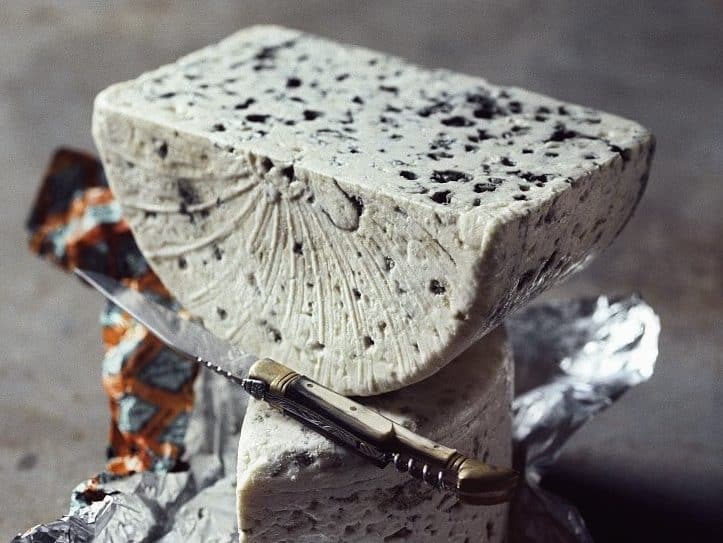
During ripening, blue cheese develops the distinctive greenish blue coloured veins characteristic of P. roqueforti spore. The reason why the spores and veins are blue is because of melanin production during this phase of the cheese’s life. The pigmentation of the melanin differs from one technological subspecies of Penicillium to another.
As a result, the mould colour can vary from shades of white, green, blue or brown. And that is the reason why you tend to find deep blue veins in French cheeses like Roquefort. But a greener shade of veins and pockets in the Italian blue, Gorgonzola. This particular process takes approximately 2-3 weeks during the early stages of maturation and it also plays an important role of forming the aroma and flavour of the cheese.
Why does blue cheese smell and taste the way it does
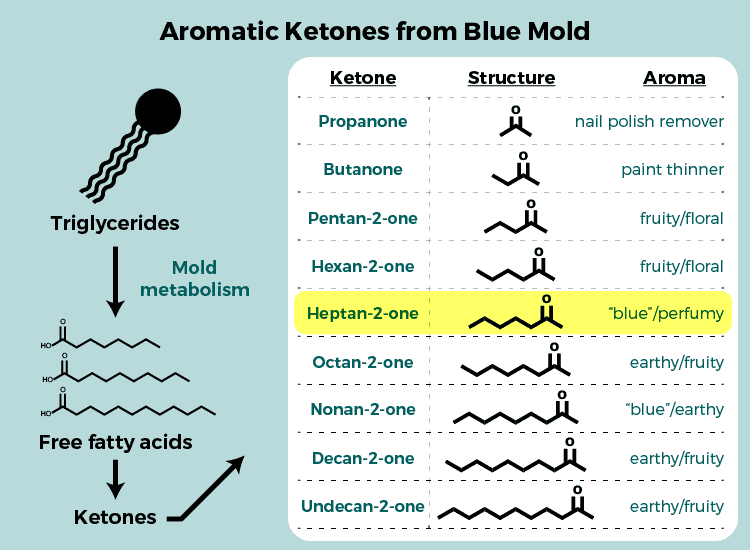
In a 1924 study, Stärkle attributed the characteristic aroma and flavour of Roquefort to a group of aromatic compounds called methyl ketones. More specifically, he found that the cheese displayed the signature odour of two molecules: heptan-2-one (banana/perfumy) and nonan-2-one (earthy). So, where do those compounds come from?
Well, Penicillium roqueforti is quite the ravenous mould. In cheese, it feeds on both proteins and fats and the latter are most relevant here. Indeed, the mould contributes to the lipolysis (the metabolism of fats) of triglycerides to form a specific fatty acid called octanoic acid (also known as caprylic acid).
In the presence of oxygen, the mould further breaks down octanoic acid into a range of compounds: heptan-2-one, nonan-2-one, butyric acid and caproic acid. While the first two contribute mostly to the aroma, all four compounds are responsible for the strong, piquant flavour we associate with blue cheese.
Are yeasts present in blue cheese?
Even though they are not present in the starter cultures, yeasts can play an important role in the development of certain blue cheeses. Depending upon the species of these microorganisms, yeasts can have a negative impact on cheese quality via metabolites that can change the flavour, texture, and appearance of blue cheeses.
However, some yeasts contribute positively to the flavour of cheese. For example, in the Spanish blue Cabrales, yeasts occur spontaneously in the cheese and develop during the manufacturing and maturation stages. There are up to eight different yeasts that have been detected in this cheese and they combine with the Penicillium roqueforti and methyl ketones to produce a spectacular aroma and flavour profile.
Most popular blue cheeses around the world
Roquefort
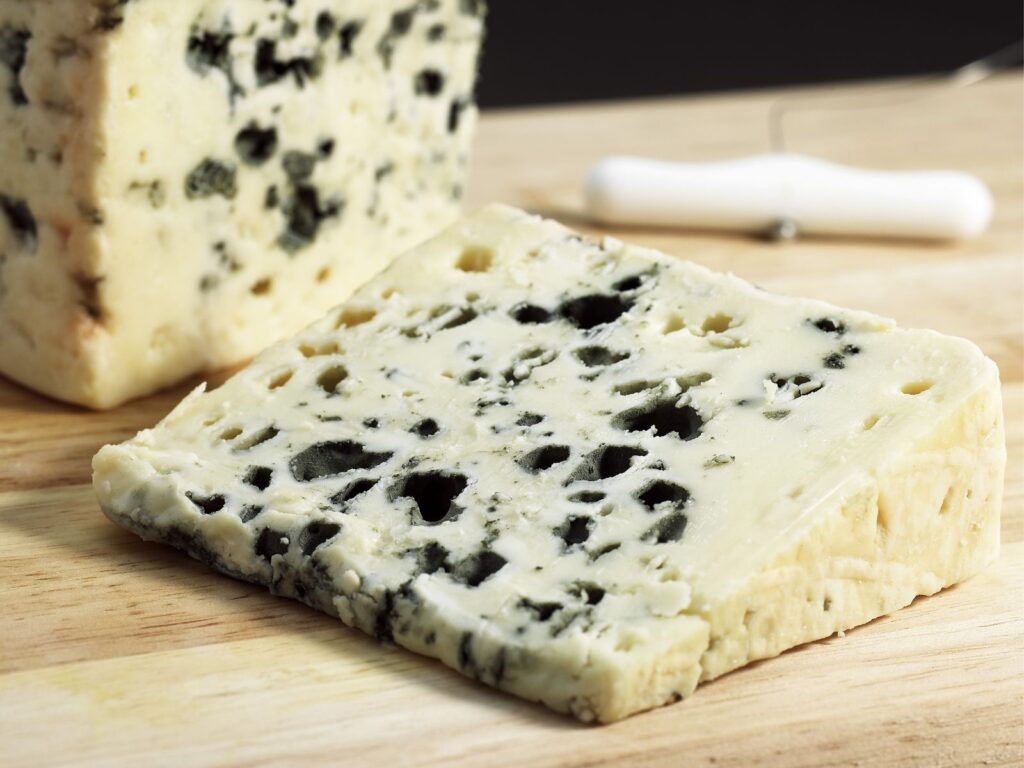
Roquefort is a traditional French blue cheese made in the Aveyron department. Undoubtedly, it is one of the world’s best-known cheeses and dates back to at least the 15th century. It bears an AOP stamp which protects its origin and production.
The AOP dictates that this blue cheese can only be made in the Aveyron department. Furthermore, the wheels have to be matured in the natural Combalou caves of Roquefort-sur-Soulzon. Also, the cheesemakers have to exclusively use the unskimmed raw milk of Lacaune ewes.
Stilton
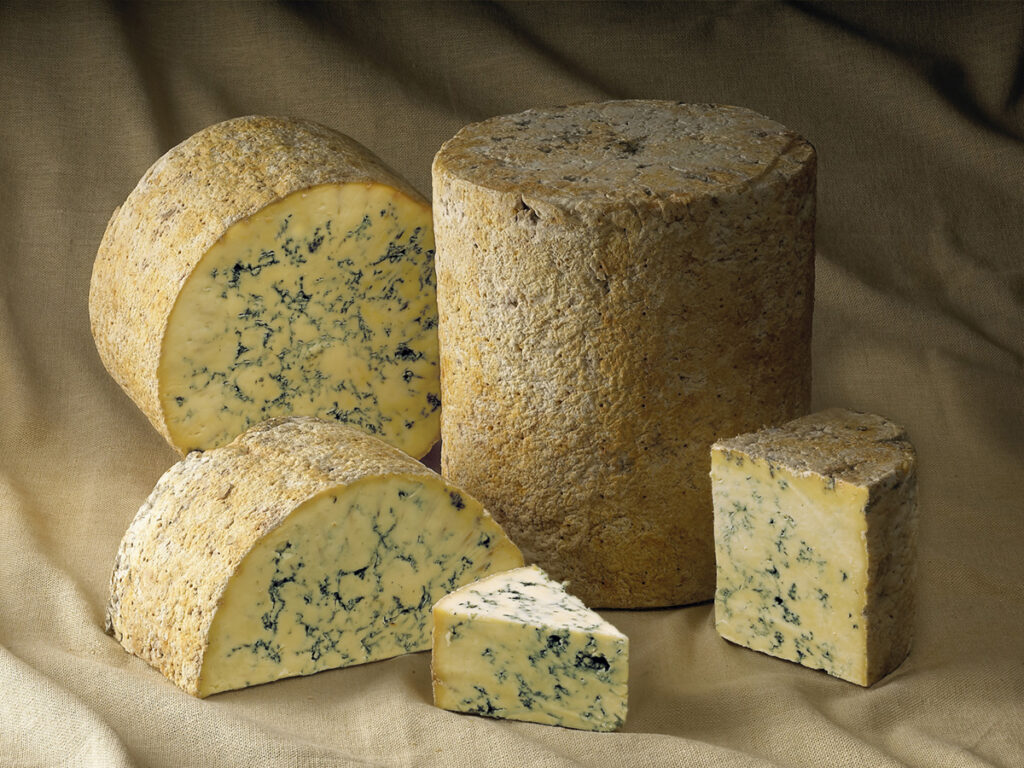
Stilton is a traditional blue cheese that has been made in the midlands of England since 1913. Initially, Stilton makers used local raw cow’s milk to make this medium strength blue cheese. But after a health scare in the late 1980’s, they adapted their procedures to use pasteurised milk instead. Moreover, the Stilton PDO now restricts the recipe to only pasteurised milk.
Gorgonzola
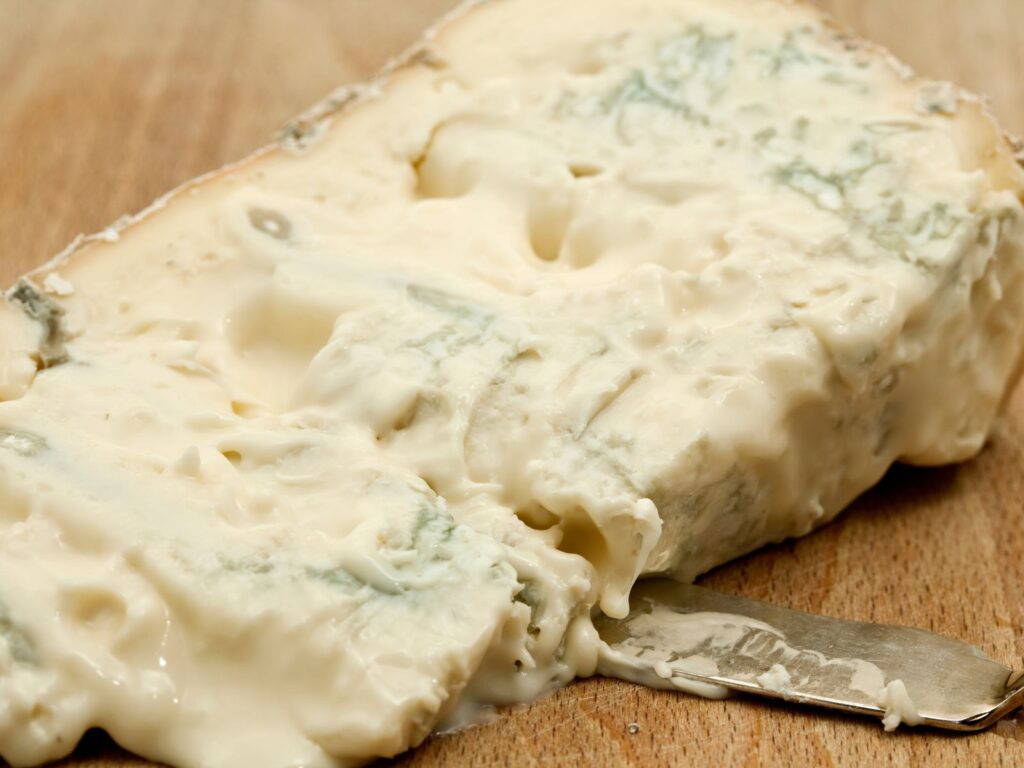
Gorgonzola is an Italian blue cheese that finds its roots in the small Italian town of Gorgonzola. Actually, this quaint township is located in the larger Milan metropolitan region.
Without a doubt, Gorgonzola is one of the most famous blue cheeses from anywhere in the world. Both the younger, sweet version (Dolce) or the more mature, spicier one (Piccante) are amazing gateway blue cheeses for the uninitiated.
Queso de Valdeón
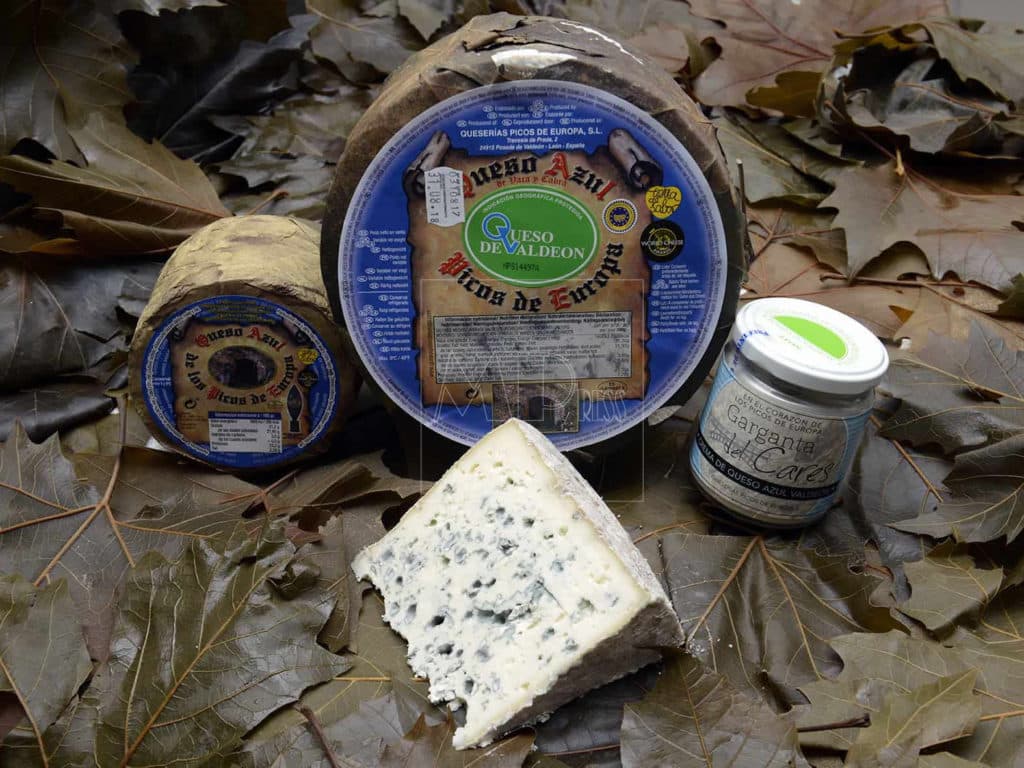
Meet Queso de Valdeón, a Spanish blue cheese made all year round with cow’s and goat’s milk in the Picos de Europa mountains. Cheese production in the Valdeón valley dates back to pre-Roman times, and goat milk was used as a raw material in this period.
This robust Spanish blue cheese is wrapped in plageru (sycamore) leaves and has an aggressive spattering of blue veins. Overall, its flavour is intensely blue, with slightly lactic and savoury notes that become more pronounced as the cheese matures.
Roque River Blue
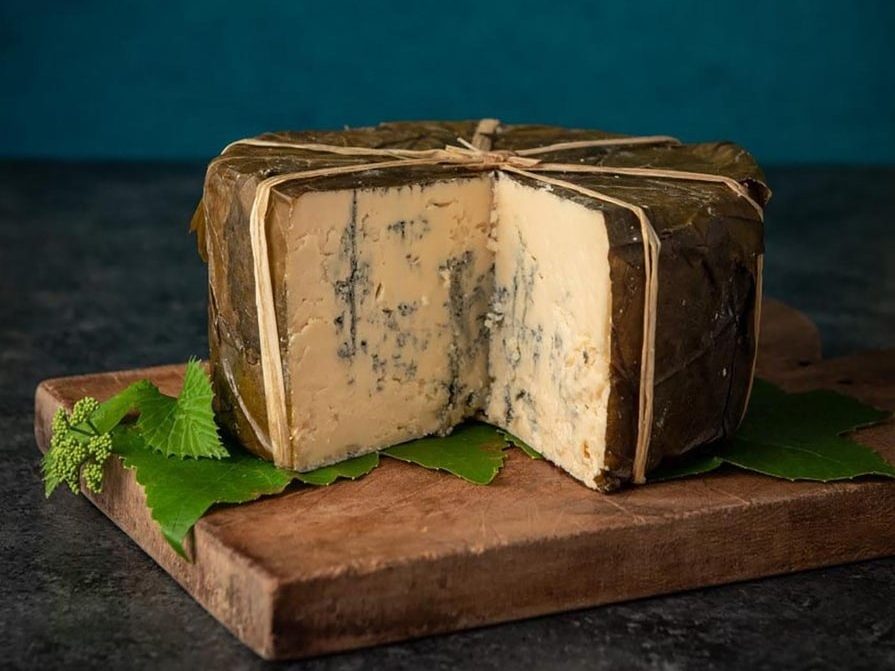
Rogue River Blue is a seasonal cheese made by Rogue Creamery in Oregon, USA. This truly original blue cheese was the first American cheese to be named World Champion Cheese at the World Cheese Awards in Italy in October 2019.
Conclusion: It takes mould and oxygen to make blue cheese
So now you know that the reason why blue cheese is blue is the presence of a very specific mould. Moreover, Penicillium roqueforti influences more than just the appearance of blue cheese. Indeed, it plays an important role in how the cheese smells and tastes.
How do you feel about blue cheese? Are you in love with the aroma and taste like I am? Let me know in the comments.
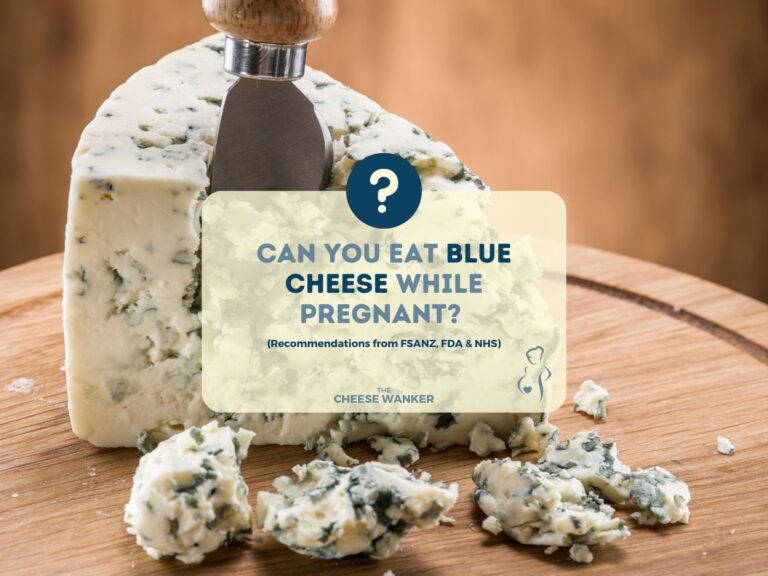
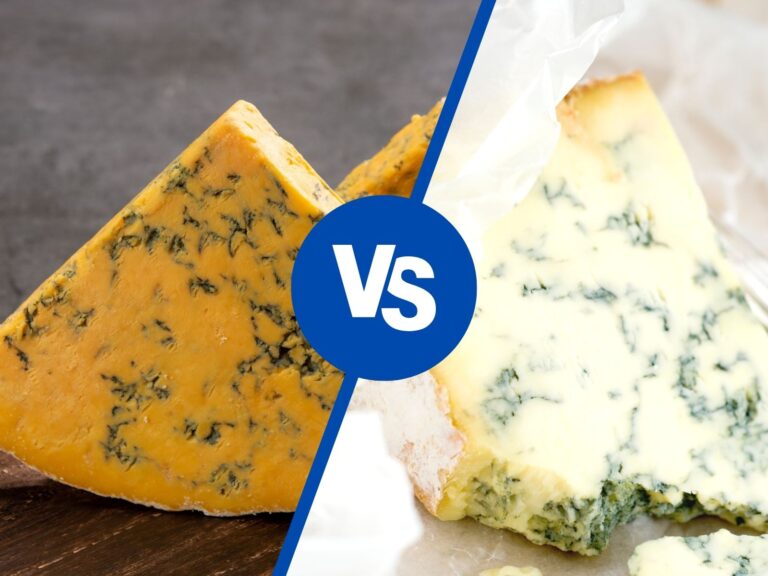
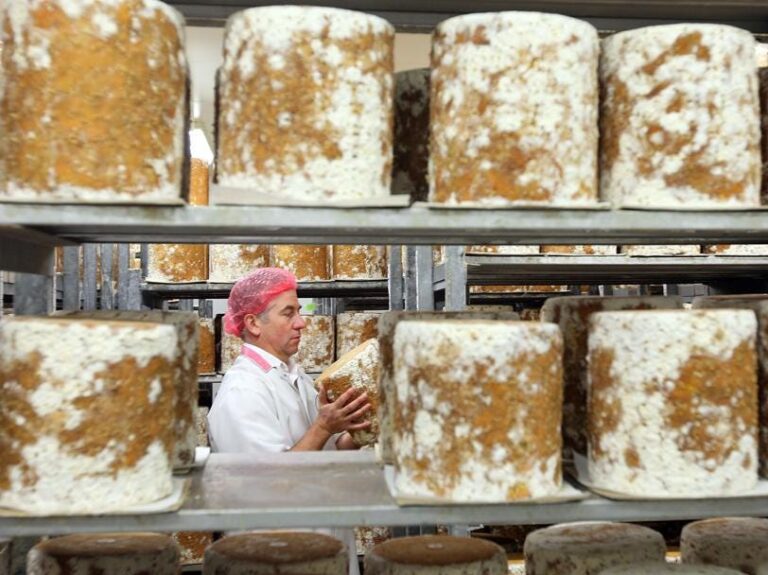
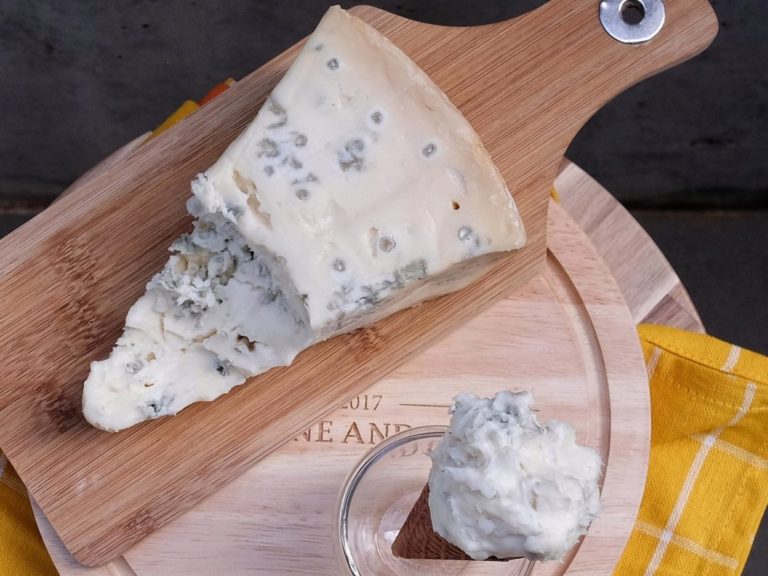
i’m love of STRONG BLUE CHEESE
Hi Alan, thank you for reading our post and leaving a comment. Strong blue is definitely my favourite type of cheese as well. Do you have any favourites within the category?